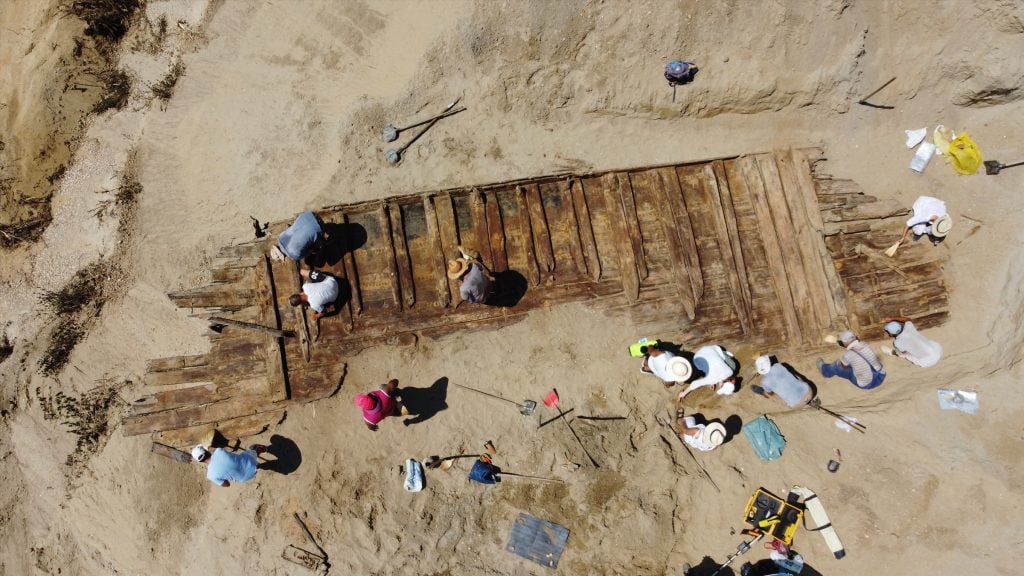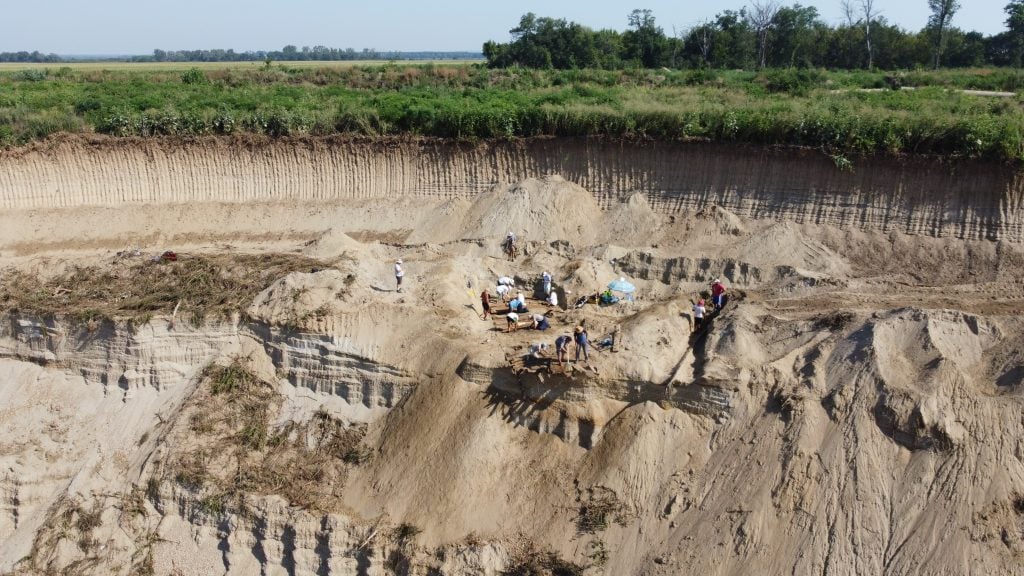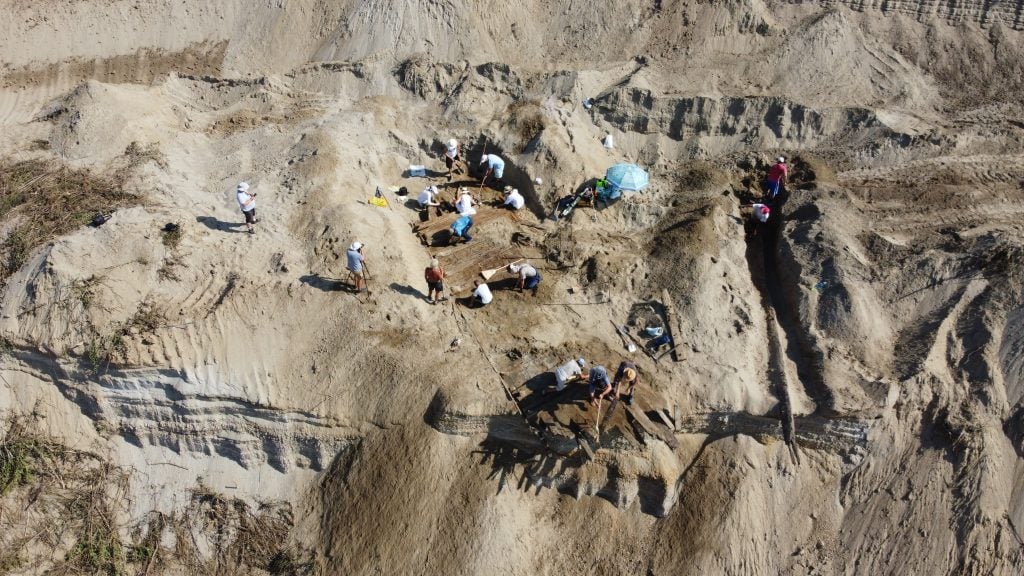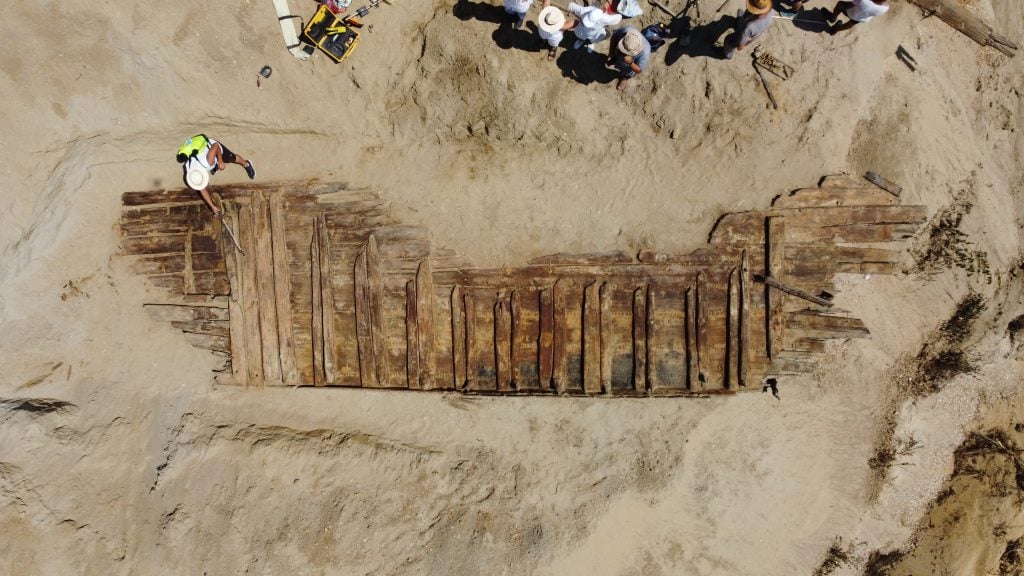Archaeology & History
Coal Miners in Serbia Have Unearthed an Ancient Roman Shipwreck—the Second Such Discovery in the Region
The vessel likely served the once-thriving Roman settlement of Viminacium.

The vessel likely served the once-thriving Roman settlement of Viminacium.

Artnet News

Workers at a coal quarry in a small Serbian village have stumbled on the ancient remains of a Roman ship dating to the 3rd or 4th century C.E.
An excavator was digging at the mine in Drmno, near Kostolac, when it hit upon some timber buried under a layer of silt some 25 feet below the surface. As more pieces were uncovered, archaeologists working at Viminacium, a former Roman settlement and naval base located close by, were summoned to preserve the wreck.

The coal quarry where the remains of the ship were uncovered. Photo: Institute of Archaeology, Belgrade.
Measuring about 42 feet long, the unearthed hull is thought to have formed a flat-bottomed vessel that was likely used to ferry cargo and supplies between Viminacium and the Danube River.
This marks the second such discovery in the area. In 2020, three Roman-era shipwrecks, including two boats crafted out of the same tree trunk, were found in a Kostolac mine and similarly examined by researchers from the Viminacium Science Project.

Archaeologists excavating the shipwreck. Photo: Institute of Archaeology, Belgrade.
Experts speculate that this latest vessel could have been part of a larger river fleet that serviced Viminacium, which was populated by about 45,000 citizens, and housed a palace, forum, amphitheater, temples, baths, and aqueducts.
“It is likely that the barge was towed from the shore or driven by oars, and in suitable situations the ship could also use the wind to move, using an auxiliary sail,” the team said in a statement.
While the archaeologists are still awaiting the results of radiocarbon dating, they estimate the ship to date back to Viminacium’s heyday, when it represented a key trading hub for the Roman empire and its largest settlement in the Balkans.

The remains of the Roman-era vessel. Photo: Institute of Archaeology, Belgrade.
Viminacium was destroyed for the first time in 441 by Attila the Hun before it was rebuilt by Justinian I in the 6th century. After its second razing in 582 by the Azars, the fort was never repopulated.
The remains of the settlement were first excavated in 1882, and have since yielded finds not limited to silver and gold artifacts, tombs, frescoes, and a gladiator arena. About 20 mammoth skeletons have also turned up at the site.
The archaeologists told Reuters that this latest shipwreck will join the thousands of other unearthed artifacts from Viminacium at a planned display at Kostolac.